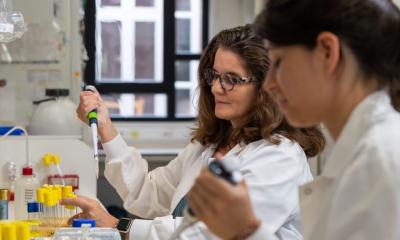New Microarray technology to check bird 'flu
USA - A new technology, named glycan microarray, can identify pathogens in a few hours and give advance warning of the ability of a virus to infect humans.
This could prove vital in efforts to control the spread of bird ‘flu, say its inventors, who work on the Consortium for Functional Glycomics (CFG), a project of the National Institute of Health’s National Institute of General Medical Sciences. CFG members work at the Scripps Research Institute, in cooperation with Mount Sinai School of Medicine and the Armed Forces Institute of Pathology, have now offered this new technology free to virus researchers.
Generally, thousands of DNA samples can be deposited in microarrays. However, for many pathogens it is the carbohydrates on the surface of most human or bird cells that provide a binding site, and once bound, a virus can then penetrate the host cell, which causes infections. The CFG was established to ascertain what carbohydrates coat which cells, and to catalogue their vulnerability to infections from various pathogens. Thus, in their new microarray, the researchers spread glycans (carbohydrate) molecules across the whole array. ‘Our technology allows hundreds of different varieties to be put on a single glycan array,’ explained Jeremy Berg, Director of the National Institute of General Medical Sciences. ‘There’s a universe of carbohydrates on the surface of cells. Our technology was not developed specifically for influenza. It is a very broad research tool.’
However, if an influenza virus, for example, is introduced, the hemagglutinin (HA) - glycoprotein on its surface - binds to the surface carbohydrates of a host cell and, using a tagged antibody, the technology could recognize the particular carbohydrate, from human or bird cell, to which the hemagglutinin has bound.
01.05.2006











